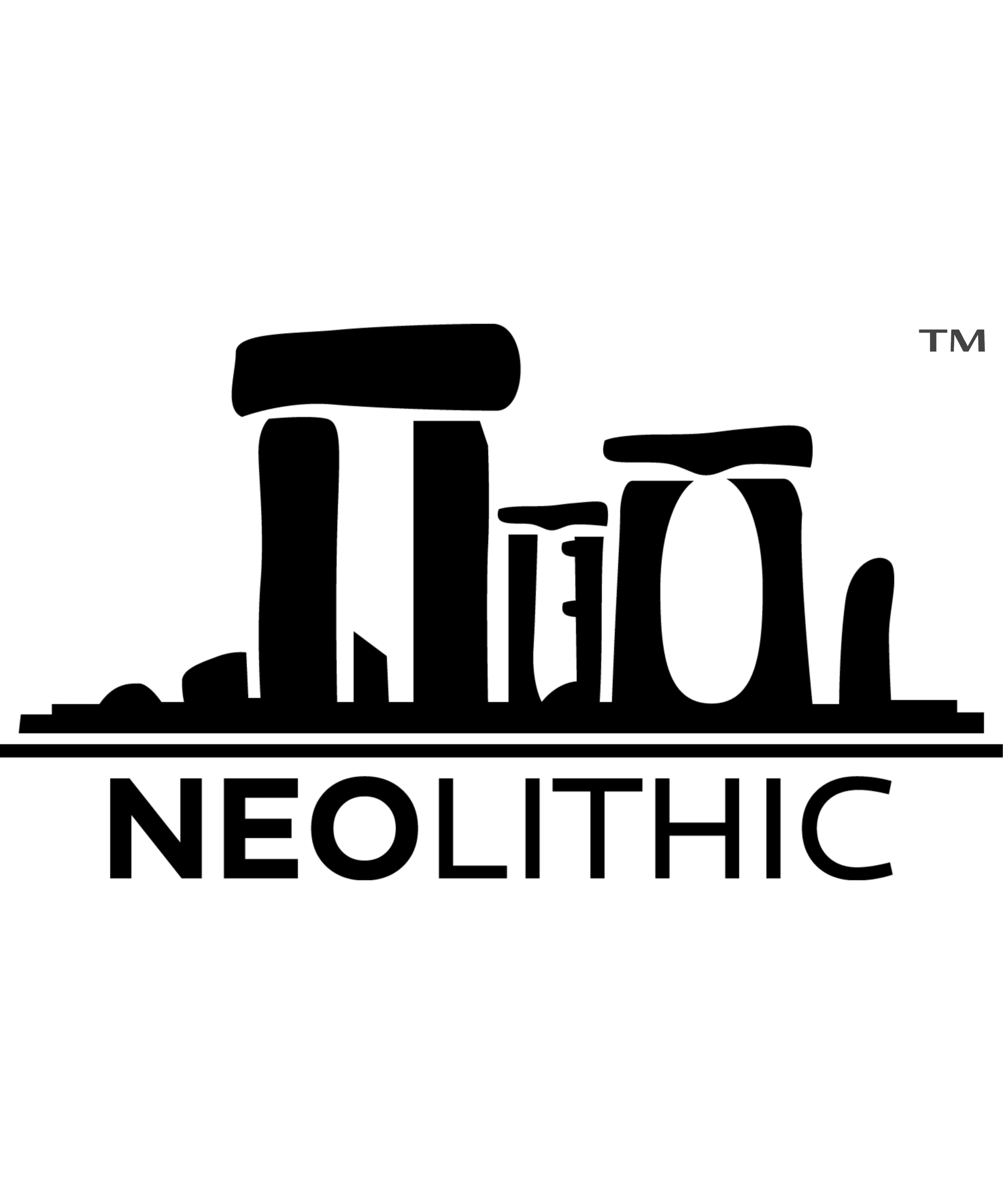The Timeless Zigzag: A Journey Through History and Symbolism
The zigzag pattern is one of the most ancient and universally recognized motifs in human art and symbolism. Its journey through time and cultures is a testament to its versatility and enduring appeal. From prehistoric cave art to modern design, the zigzag has woven its way into the fabric of human expression, carrying a multitude of meanings and evoking a range of emotions. Let’s explore the rich history and significance of this fascinating symbol.
Prehistoric and Ancient Beginnings
The story of the zigzag begins in the depths of prehistory. Cave art and petroglyphs dating back to the Paleolithic era often feature zigzag patterns. These early artists used the motif to represent natural phenomena such as water, snakes, and lightning. The repetitive, angular lines captured the movement and energy of these elements, creating a visual language that conveyed both the beauty and power of the natural world.
As humanity transitioned to the Neolithic era, the zigzag pattern continued to thrive. Neolithic pottery and artifacts are adorned with zigzag designs, reflecting a growing interest in aesthetics and symbolism. These patterns, found in textiles, tools, and pottery, symbolized continuity, movement, and the rhythmic flow of life. They connected people to the cycles of nature and the mysteries of existence.
Ancient Civilizations: Symbolism and Decoration
In the ancient world, the zigzag motif took on new dimensions and meanings. In ancient Egypt, zigzag patterns were closely associated with water and the Nile River. They appeared in hieroglyphs and decorative motifs on pottery and architecture, symbolizing the life-giving force of the river and its vital role in Egyptian civilization.
The Greeks and Romans also embraced the zigzag pattern, incorporating it into their architectural designs, pottery, and mosaics. In these cultures, the pattern often served a decorative purpose, adding visual interest and complexity to everyday objects and structures. However, it could also symbolize lightning, waves, or other dynamic forces, reflecting the ancients’ fascination with nature’s power.
Indigenous and Traditional Cultures
The zigzag motif found its way into the artistic traditions of various indigenous and traditional cultures around the world. In African art, zigzag patterns are prevalent in textiles, masks, and pottery. These patterns can symbolize a range of concepts, from the serpent to the path of life, reflecting the deep spiritual and cultural beliefs of African societies.
Native American tribes also embraced the zigzag pattern, incorporating it into their beadwork, pottery, and textiles. For these communities, the pattern could represent mountains, rivers, or spiritual journeys, capturing the essence of their connection to the land and the spiritual realm.
Modern Interpretations and Revivals
In the modern era, the zigzag pattern continues to captivate artists, designers, and creators. Contemporary art and design often feature zigzag motifs, using them for their aesthetic appeal and ability to evoke a sense of dynamism and energy. From fashion to interior design, the zigzag adds a touch of vibrancy and movement to modern creations.
Additionally, there has been a resurgence of interest in traditional and ancient motifs, with modern artists and designers drawing inspiration from historical zigzag patterns. These cultural revivals honor the past while bringing fresh perspectives and interpretations to the timeless motif.
Conclusion: The Enduring Appeal of the Zigzag
The zigzag pattern’s journey through history is a testament to its enduring appeal and versatility. From its earliest appearances in prehistoric art to its modern incarnations in contemporary design, the zigzag has remained a powerful symbol of movement, energy, and continuity. Its ability to transcend time and cultures speaks to the universal human desire to connect with the natural world, express creativity, and explore the mysteries of existence.
As we continue to create and innovate, the zigzag pattern will undoubtedly remain a beloved and influential motif, reminding us of our shared heritage and the timeless beauty of human expression.

